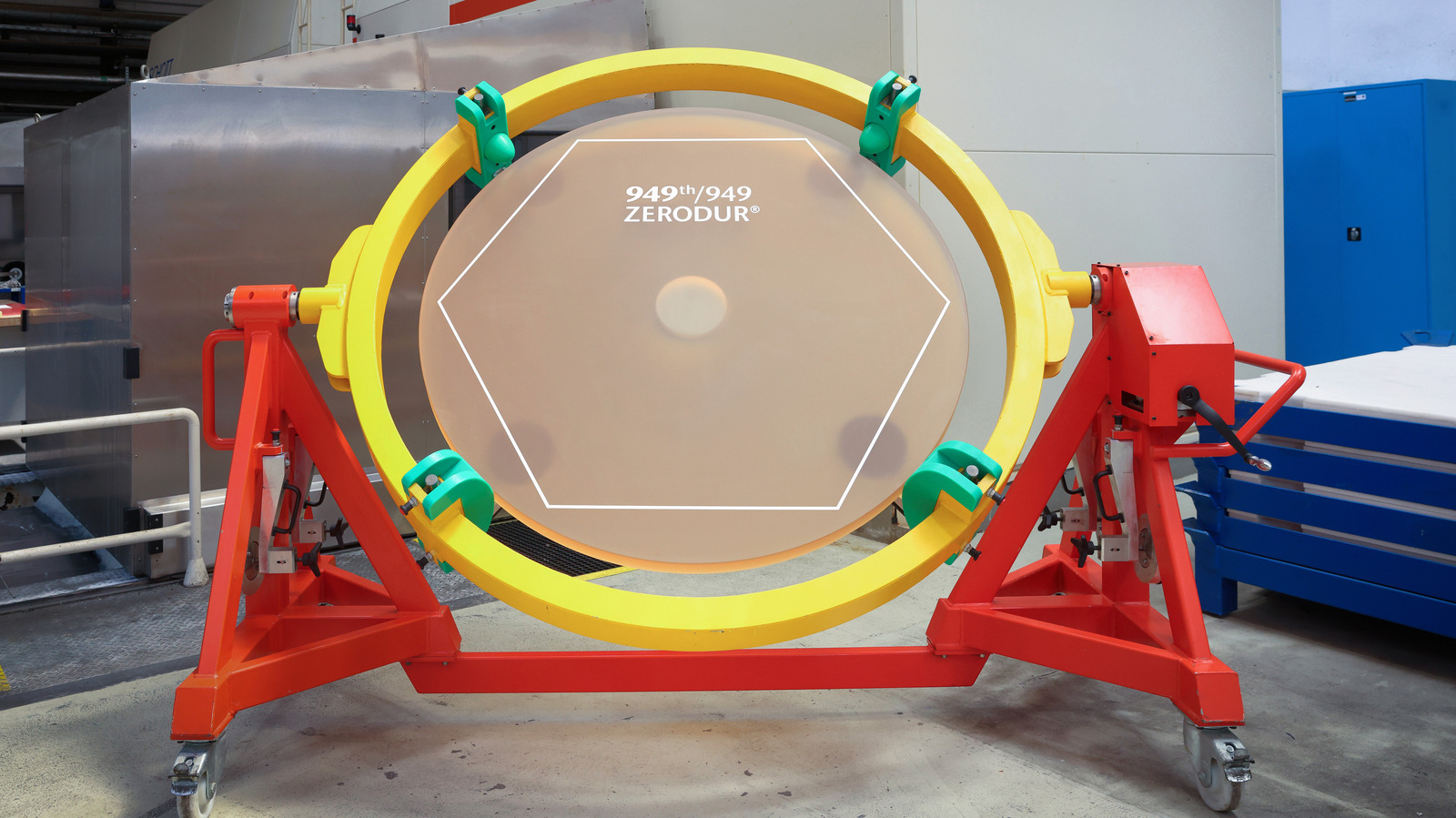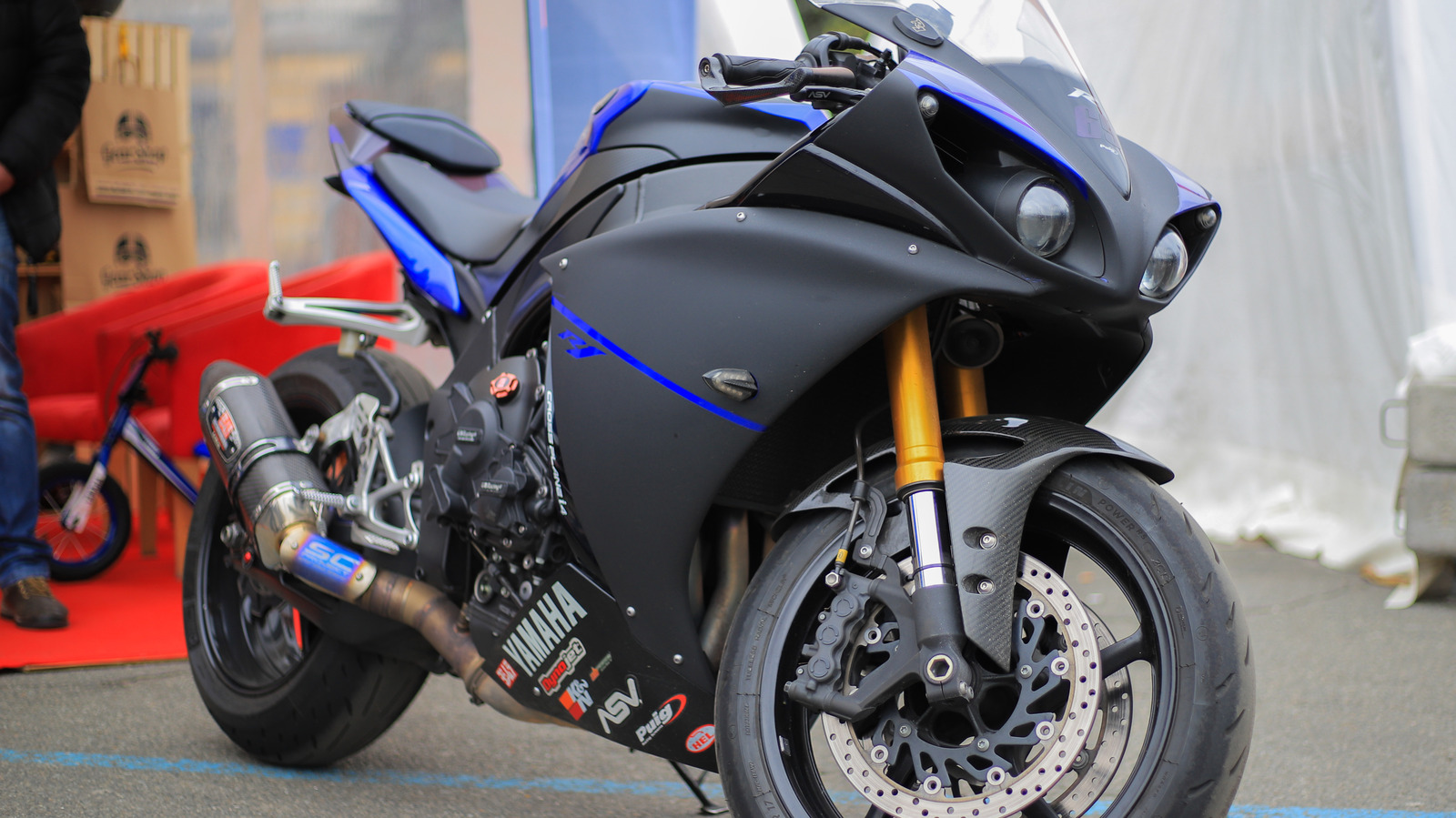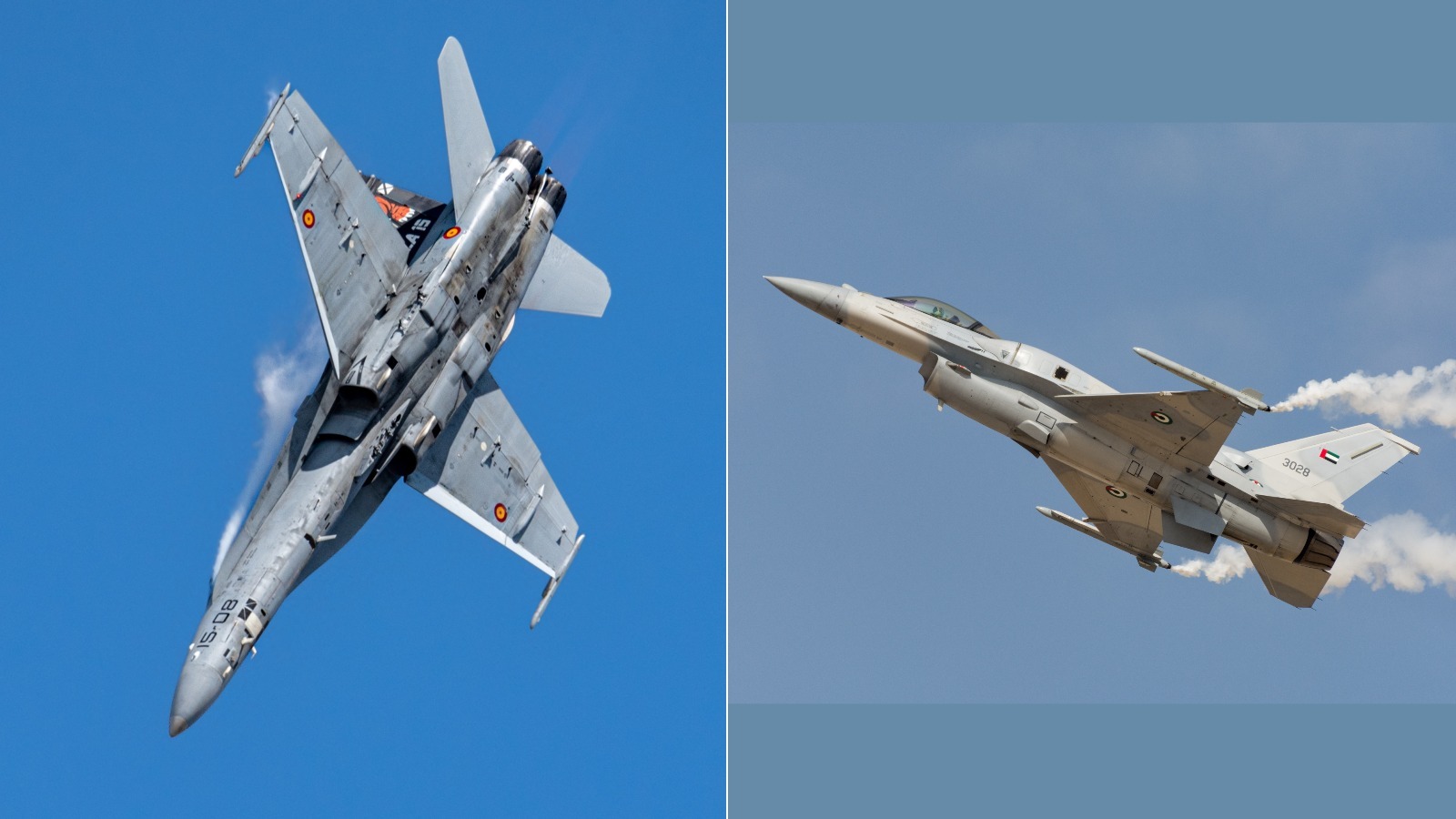Sigma CEO talks market trends, the challenge of innovation and the future for APS-C
Sigma CEO Kazuto Yamaki Photo: Richard Butler "All camera and lens manufacturers have to be innovative," says Sigma CEO Kazuto Yamaki, but "technology competition among manufacturers may not always be beneficial to customers... Easier to use interfaces, compact and lightweight bodies for enhanced portability, or some other specifications might be more important." In the second part of a wide-ranging interview conducted at the CP+ show in Yokohama in late February, Yamaki talked about current state of the market, the need for innovation and the challenges of delivering that innovation. State of the market "Last year was not so bad," he says, when asked about the state of the market: "It looks like the trend of the shrinking market has hit the bottom." But he suggests this may not continue: "For the time being, many photographers are now switching from DSLR to mirrorless, which will sustain the market. However, after they switch to mirrorless cameras, I worry that the market could shrink in the coming years." "One reason for my concern is the increasing average price of cameras and lenses. I truly appreciate the passion of the customers who are still spending so much money on cameras and lenses. However, I’m afraid that not so many customers can afford such high-priced cameras and lenses, so we’re still trying hard to keep the retail price reasonable." "I’m afraid that not so many customers can afford such high-priced cameras and lenses" "Especially these days, the younger generation takes huge amounts of photos with smartphones. While we can expect some of them to switch from a smartphone to a camera, many may find the price gap too wide, and challenging to make the switch." Yamaki also expresses concern about some of the tech trends he's seeing: "Investing in the development of more advanced technology is crucial. However, it’s equally important to focus on our customers." "We've seen some cameras with very technically impressive specifications, but I worry that they're not always capabilities that many photographers really need. Moving forward, I speculate that more user-friendly specifications might mean more to customers. Easier to use interfaces, a compact and lightweight body for enhanced portability, or some other specifications might be more important." The challenges of innovation Sigma has launched some ambitious and unusual lenses in recent years, including the 14mm F1.4 DG DN. Yamaki describes astrophotography, for which it's designed, as the most challenging subject. Image: Sigma He uses the recently announced 500mm F5.6 as an example of customer-focused innovation. “Canon and Nikon had similar lenses for DSLRs. They achieved it by using diffractive lens elements," he explains: "Instead of using one powerful diffractive element, we used multiple special low-dispersion [SLD] glass. We used one SLD and three FLD elements. By using multiple special lenses, we could achieve a similar effect. That’s how we can make it so compact and lightweight." But this approach isn't simple, he says: "It requires lots of very high manufacturing technology and skill, but because we have a very good factory and our optical designers trust the capability of our factory, we were able to go for this design.” "In most cases, we are the first to use new types of glass, and once they see Sigma use that lens element, they start using it." "This trust is really, really important," he explains: "Lens polishing is still a unique process that has a lower yield. Normally, in something like electronics, the yield ratio is something like 99.99996 percent, or something like that. But when it comes to lenses, for example, in our case, because our yield is so high, our yield ratio from the start of the process to the end is close to 90%. So if we plan to build 1,000 units of a specific lens, we have to start polishing 1,100 pieces, and during the process, about 10% of the lens elements will fail and have to be scrapped.” A question of trust "That’s the reason why other companies hesitate to use new glass elements. They are uncertain about the yield ratio. In most cases, we are the first to use a new type of element, and once they see Sigma use that lens element, they start using it. I’m very happy to play such a role. Sigma is kind of the guinea pig in the lens industry: they use Sigma as an experiment, and if we prove it, they use it." This commitment to pushing the use of new glass types reflects Yamaki's wider vision of the company's role. This can be seen in the ambitious lenses it's recently introduced aimed at astrophotography, he says. "First of all, I believe it’s one of Sigma's missions to create niche products. If we only concentrate on standard products and release lower-priced versions, it’s not good: we would not be able to contribute to the development of the photography culture. As a lens manufacturer it’s our mission to develop such niche lenses that satisfy a specific target group." "Secondly, most lenses are

 |
|
Sigma CEO Kazuto Yamaki Photo: Richard Butler |
"All camera and lens manufacturers have to be innovative," says Sigma CEO Kazuto Yamaki, but "technology competition among manufacturers may not always be beneficial to customers... Easier to use interfaces, compact and lightweight bodies for enhanced portability, or some other specifications might be more important."
In the second part of a wide-ranging interview conducted at the CP+ show in Yokohama in late February, Yamaki talked about current state of the market, the need for innovation and the challenges of delivering that innovation.
State of the market
"Last year was not so bad," he says, when asked about the state of the market: "It looks like the trend of the shrinking market has hit the bottom." But he suggests this may not continue: "For the time being, many photographers are now switching from DSLR to mirrorless, which will sustain the market. However, after they switch to mirrorless cameras, I worry that the market could shrink in the coming years."
"One reason for my concern is the increasing average price of cameras and lenses. I truly appreciate the passion of the customers who are still spending so much money on cameras and lenses. However, I’m afraid that not so many customers can afford such high-priced cameras and lenses, so we’re still trying hard to keep the retail price reasonable."
"I’m afraid that not so many customers can afford such high-priced cameras and lenses"
"Especially these days, the younger generation takes huge amounts of photos with smartphones. While we can expect some of them to switch from a smartphone to a camera, many may find the price gap too wide, and challenging to make the switch."
Yamaki also expresses concern about some of the tech trends he's seeing: "Investing in the development of more advanced technology is crucial. However, it’s equally important to focus on our customers."
"We've seen some cameras with very technically impressive specifications, but I worry that they're not always capabilities that many photographers really need. Moving forward, I speculate that more user-friendly specifications might mean more to customers. Easier to use interfaces, a compact and lightweight body for enhanced portability, or some other specifications might be more important."
The challenges of innovation
He uses the recently announced 500mm F5.6 as an example of customer-focused innovation. “Canon and Nikon had similar lenses for DSLRs. They achieved it by using diffractive lens elements," he explains: "Instead of using one powerful diffractive element, we used multiple special low-dispersion [SLD] glass. We used one SLD and three FLD elements. By using multiple special lenses, we could achieve a similar effect. That’s how we can make it so compact and lightweight."
But this approach isn't simple, he says: "It requires lots of very high manufacturing technology and skill, but because we have a very good factory and our optical designers trust the capability of our factory, we were able to go for this design.”
"In most cases, we are the first to use new types of glass, and once they see Sigma use that lens element, they start using it."
"This trust is really, really important," he explains: "Lens polishing is still a unique process that has a lower yield. Normally, in something like electronics, the yield ratio is something like 99.99996 percent, or something like that. But when it comes to lenses, for example, in our case, because our yield is so high, our yield ratio from the start of the process to the end is close to 90%. So if we plan to build 1,000 units of a specific lens, we have to start polishing 1,100 pieces, and during the process, about 10% of the lens elements will fail and have to be scrapped.”
A question of trust
"That’s the reason why other companies hesitate to use new glass elements. They are uncertain about the yield ratio. In most cases, we are the first to use a new type of element, and once they see Sigma use that lens element, they start using it. I’m very happy to play such a role. Sigma is kind of the guinea pig in the lens industry: they use Sigma as an experiment, and if we prove it, they use it."
This commitment to pushing the use of new glass types reflects Yamaki's wider vision of the company's role. This can be seen in the ambitious lenses it's recently introduced aimed at astrophotography, he says.
"First of all, I believe it’s one of Sigma's missions to create niche products. If we only concentrate on standard products and release lower-priced versions, it’s not good: we would not be able to contribute to the development of the photography culture. As a lens manufacturer it’s our mission to develop such niche lenses that satisfy a specific target group."
"Secondly, most lenses are so good, maybe much better than people’s expectations. But only astrophotographers are never satisfied: they’re so keen for quality! They’re looking at the shape of stars in the corners. Star images are the toughest, most challenging subject, or let’s say, the most nasty lens chart. You can see all kinds of aberrations in star images. That’s why we want to show what we can do with our capability. So lenses for astrophotography is my personal strong passion to show the capability of Sigma's technology."
The future of APS-C
With all this talk of niches, we steered the conversation towards the DC DN primes. We wanted to know whether he sees the users of these lenses as distinct from those of the mid-priced i-Series full-frame primes, which feature metal bodies and aperture rings.
"I see they are very similar customers: those who value compactness and image quality. These customers often live in big cities and use public transportation a lot. So they cannot carry around big, heavy equipment in the car. They have to carry it around in their bags."
Despite this, it doesn't sound like there are any plans to refresh the DC DNs with more i-Series-like designs: "Those who want full-frame can use the I series lenses, while those who are happy with APS-C cameras can use the many lightweight DC DN lenses," he says.
But, while we won't expect APS-C primes with aperture rings for X-mount or the Nikon Z fc any time soon, Yamaki's comments about his commitment to APS-C bode well, given the announcement that it'll make lenses for both Nikon's Z mount and Canon's RF system:
"Our plan is to have a relatively complete range of lenses for APS-C sized sensors."
This article was based on an interview conducted by Dale Baskin and Richard Butler at the CP+ show in Yokohama, Japan.






























